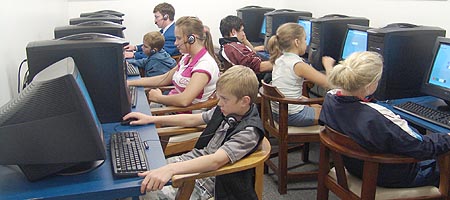What Is Sensory Register?

Roughly speaking, the sensory register concerns memories that last no more than about a second or two. If a line of print were flashed at you very rapidly, say, for one-tenth of a second, all the letters you can visualize for a brief moment after that presentation constitute the sensory register.
Iconic memory refers to visual sensory memory, and echoic memory to auditory sensory memory.
Information that makes it through the sensory register has one of four futures:
- It may be forgotten almost immediately as we do with much of the information that we do not regard as important at that time. Iconic memory lasts for less than a second while echoic memory lasts for less than four seconds.
- It may be held briefly (up to roughly 20 seconds) through simple attention and repetition, as we do with the number to the local pizza place after we've looked it up; this is often referred to as our "short term" memory.
- It may be held a little longer (for a few minutes) through frequent repetition or simple "chunking" of the information into smaller items, as we might do with the phone number of a girl or boy we met at the dance (e.g. 555-6789 becomes 55-56-789); we often call this our "working" memory. Working memory also comes into play when we recall previously learned information from our long-term memory.
- Through "elaborative rehearsal" — association, reorganization, repetition, and testing oneself — it becomes part of our long-term memory.
|
Compublox is a software program containing a series of mental exercises, designed to improve cognitive skills including sensory register, short-term memory, working memory, and long-term memory. Click here for more information.

Students doing Compublox at an Edublox clinic
|
|
